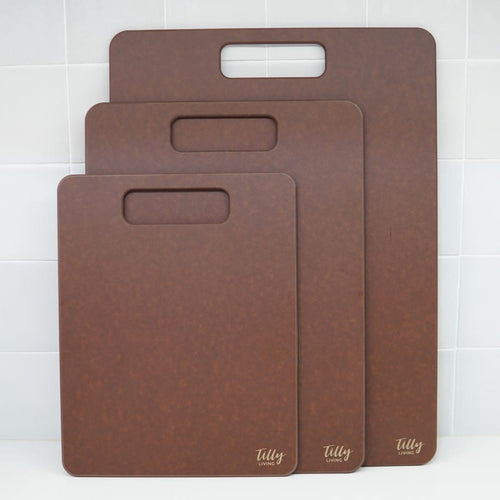Embracing Tranquility: Transform Your Kitchen into a Japanese-Inspired Sanctuary for the Soul
Introduction
Imagine stepping into a serene, calm, and uncluttered kitchen that radiates warmth and simplicity. A space where you feel connected to nature while preparing your favorite meals. This is the essence of a Japanese style kitchen. In this article, we'll explore the key elements that make Japanese kitchens unique, offering practical tips for incorporating these elements into your own kitchen. Let's embark on a journey to the Land of the Rising Sun and discover how to create a harmonious, functional, and visually stunning cooking space.
The Essence of a Japanese Style Kitchen
Japanese kitchen design revolves around three core principles: minimalism, functionality, and harmony with nature.
Minimalism
Less is more in a Japanese style kitchen. The aim is to create a clutter-free space where every item has a purpose. This minimalist approach not only makes your kitchen visually pleasing but also creates a peaceful atmosphere that encourages mindful cooking.
Functionality
Japanese kitchens prioritize efficiency and practicality. Every element, from the layout to the appliances, is designed to optimize the flow of work and make cooking a seamless experience.
Harmony with Nature
Nature plays a significant role in Japanese design. Incorporating natural materials, colors, and elements into your kitchen creates a sense of balance and tranquility.
Key Elements of a Japanese Style Kitchen
To achieve a Japanese style kitchen, consider these essential elements:
Natural Materials
Wood, bamboo, and stone are common materials used in Japanese kitchens. They bring a sense of warmth and an organic touch to the space.
Color Palette
Neutral colors, such as white, beige, and light gray, are often used in Japanese kitchens to create a calm and soothing atmosphere. You can also add splashes of color through plants and accessories.
Clean Lines
Simple, clean lines are a hallmark of Japanese design. Opt for minimalistic cabinetry, furniture, and décor to maintain the uncluttered look.
Incorporating Japanese Aesthetics into Your Kitchen
Here are some practical ways to add Japanese style to your kitchen:
Open Shelving
Replace traditional cabinets with open shelves to create an airy, spacious feel. Display your favorite dishes and utensils as functional décor.
Sliding Doors
Incorporate sliding doors, also known as shoji, to divide your kitchen space or conceal storage areas. These doors create a sense of openness and fluidity in the space.
Tatami Mats
Tatami mats are traditional Japanese floor coverings made of woven straw. Adding one to your kitchen floor can bring warmth and texture to the room.
Bonsai and Plants
Introduce plants, such as bonsai trees, to bring life and natural beauty to your kitchen. Caring for these living accents will also help you cultivate mindfulness and a deeper connection with nature.
Japanese Kitchen Appliances and Utensils
Embrace the functionality of Japanese cooking tools and appliances:
Rice Cooker
A staple in Japanese households, a rice cooker ensures perfectly cooked rice every time. It's a must-have appliance for those looking to create authentic Japanese dishes.
Bamboo Steamer
A bamboo steamer is a versatile tool for steaming vegetables, dumplings, and fish, retaining their natural flavors and nutrients. This traditional method of cooking will elevate your culinary experience.
Ceramic Tableware
Japanese ceramic tableware is known for its beauty and durability. Choose a mix of neutral and colorful pieces to add character to your kitchen and dining table.
Japanese-inspired Lighting
Soft, ambient lighting is essential for creating a soothing atmosphere in your Japanese style kitchen. Opt for paper lanterns, rice paper lamps, or subtle LED lighting to achieve a warm and inviting ambiance.
Maximizing Storage Space
Efficient storage is a key aspect of Japanese kitchen design. Utilize every inch of your kitchen by incorporating built-in cabinets, drawer organizers, and multi-functional furniture. This will help maintain the minimalistic and clutter-free environment you desire.
Embracing the Zen Philosophy
Creating a Japanese style kitchen goes beyond design elements. Embrace the Zen philosophy by practicing mindfulness and appreciating the beauty in everyday moments. This will help you find joy and tranquility in your cooking space.
Conclusion
A Japanese style kitchen combines minimalism, functionality, and a connection to nature to create a serene and efficient space. By incorporating the design principles and elements discussed in this article, you can transform your kitchen into a haven of tranquility that inspires you to cook and enjoy every meal with mindfulness and gratitude.
FAQs
Can I incorporate Japanese style elements into my existing kitchen?What types of wood are commonly used in Japanese kitchens?
Japanese cypress (hinoki), cedar, and pine are popular choices for their durability and natural beauty.
How can I create a Japanese-inspired garden in my backyard?
Incorporate elements like water features, stone lanterns, and gravel pathways, as well as plants like bamboo, Japanese maple, and azaleas.
Are there any Japanese cooking techniques that I should learn?
Mastering techniques like tempura, sushi rolling, and simmering dishes in dashi broth will help you create authentic Japanese meals.
What are some popular Japanese dishes I can cook in my new kitchen?
Try making sushi, ramen, tempura, miso soup, or a traditional Japanese breakfast for a taste of Japan in your own home.















